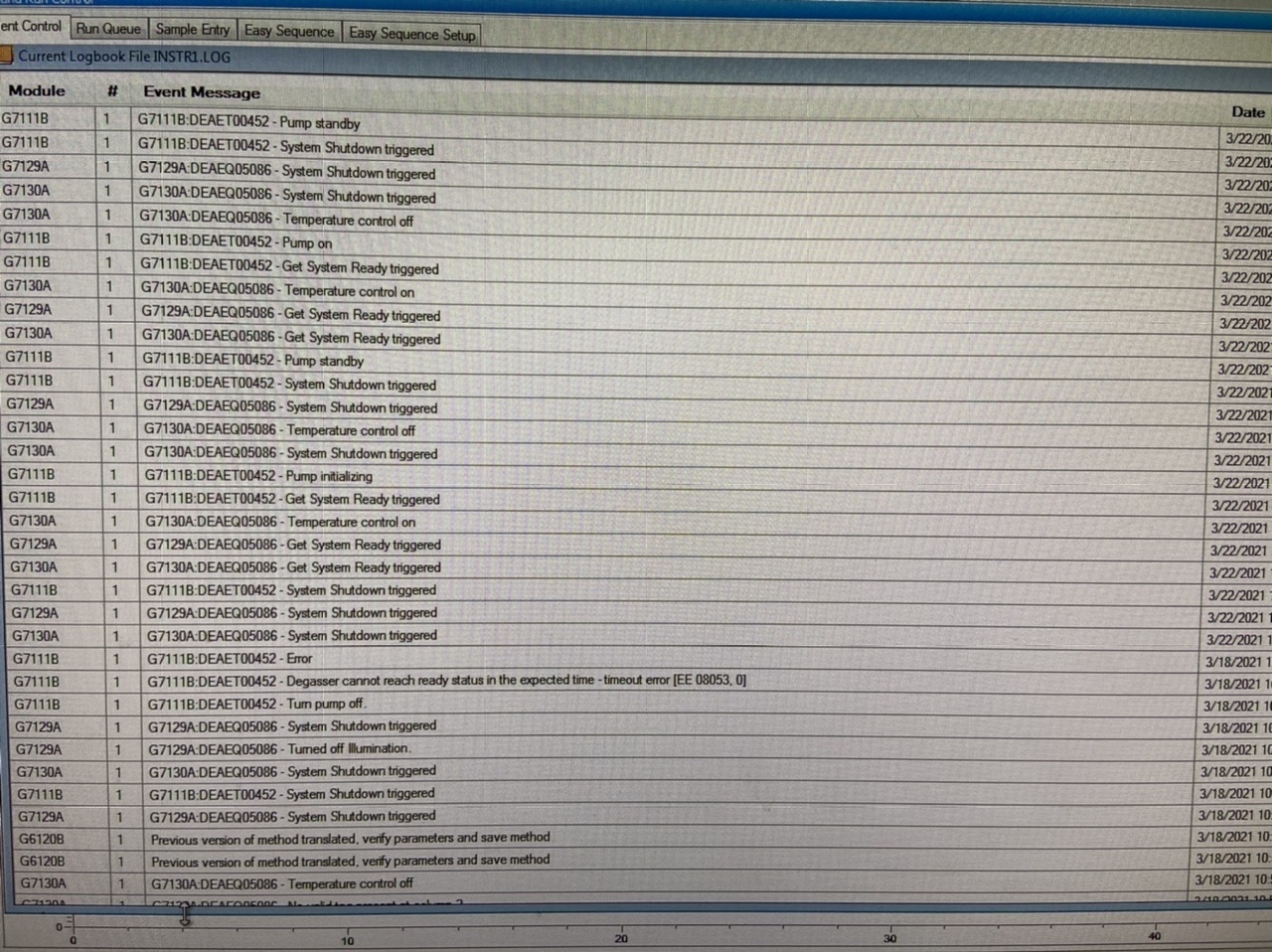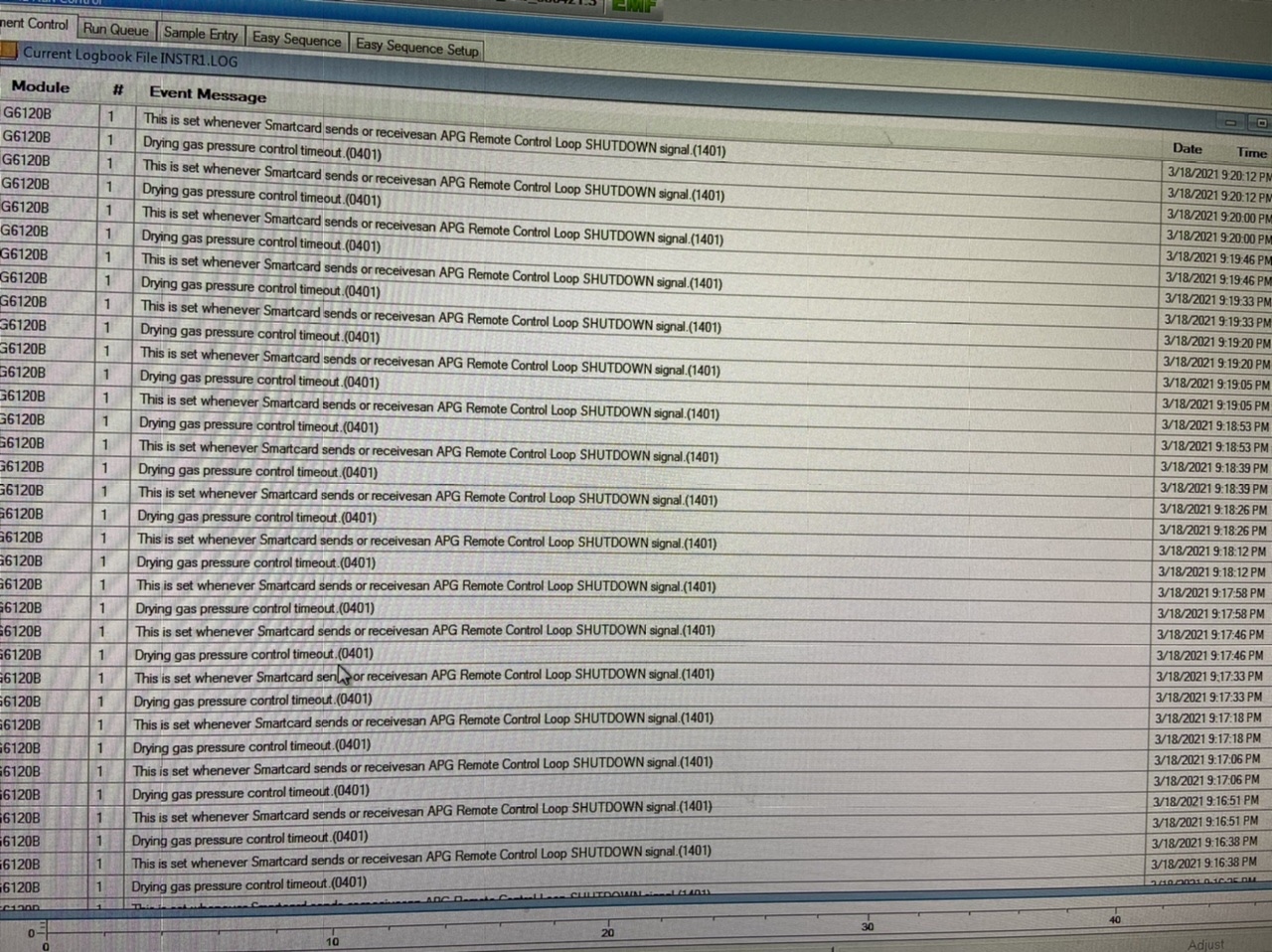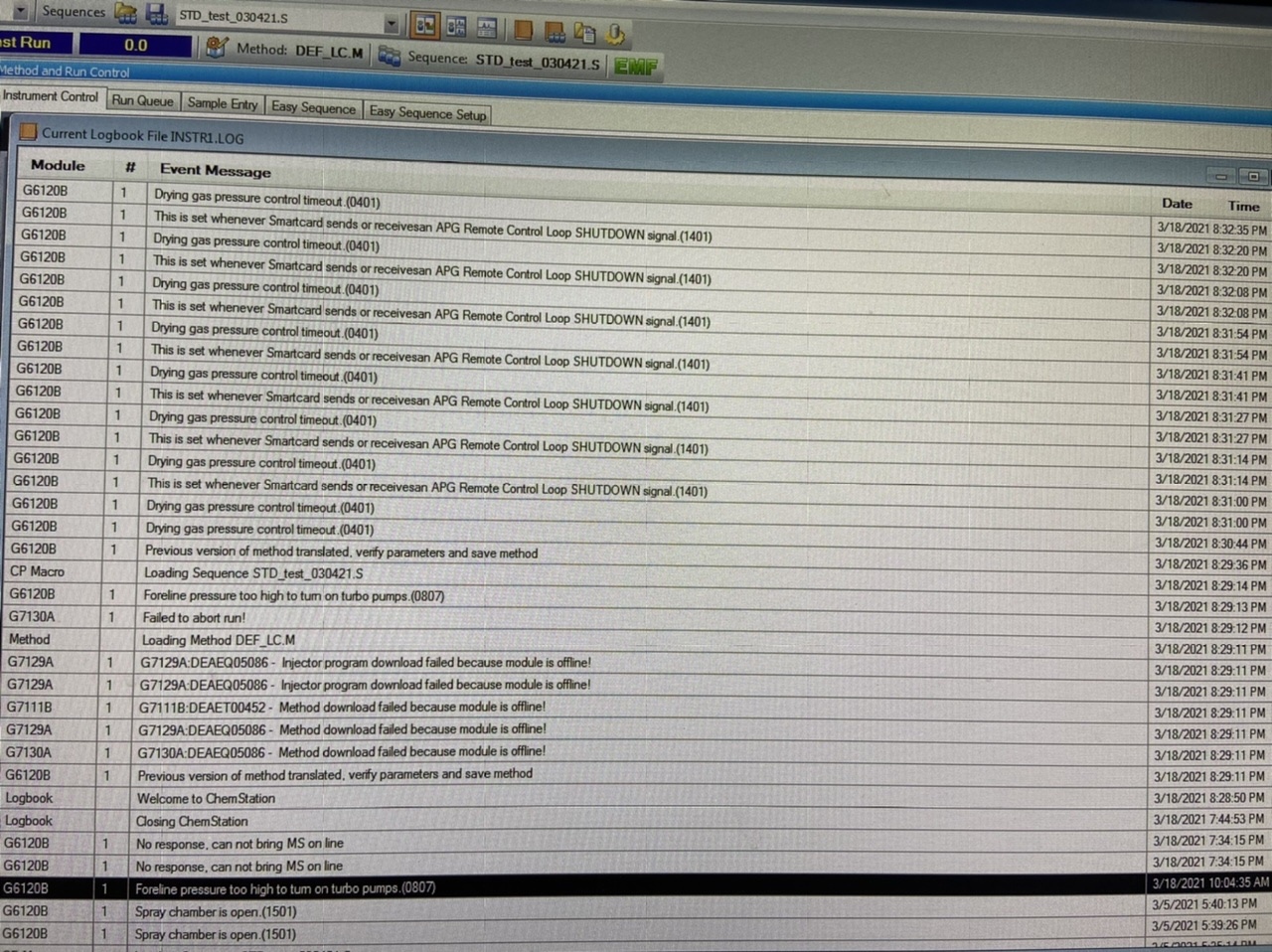Hi. Our lab has a HPLC/APCI-MS instrument running for couple of years. Recently, the tuning became an issue - no peaks coming out but noise. Usually after changing the APCI tuning mix, flushing and after 2-3 of dual tuning came out okay.
When I check the nebulizer spray it looks fine.
So I thought the nebulizer needle was corroded so decided to change it. But then I thought the old nebulizer needle should be compressed by the ferrule at the end of the needle holde it but it was loose and the needle came out easily. Does this mean the old needle wasn't compressed by the ferrule? Can this cause the issue?
I would like to ask if anyone had this issue or advise. Thank you.



 Hi Thank you so much for the detailed anwsers.
Hi Thank you so much for the detailed anwsers.